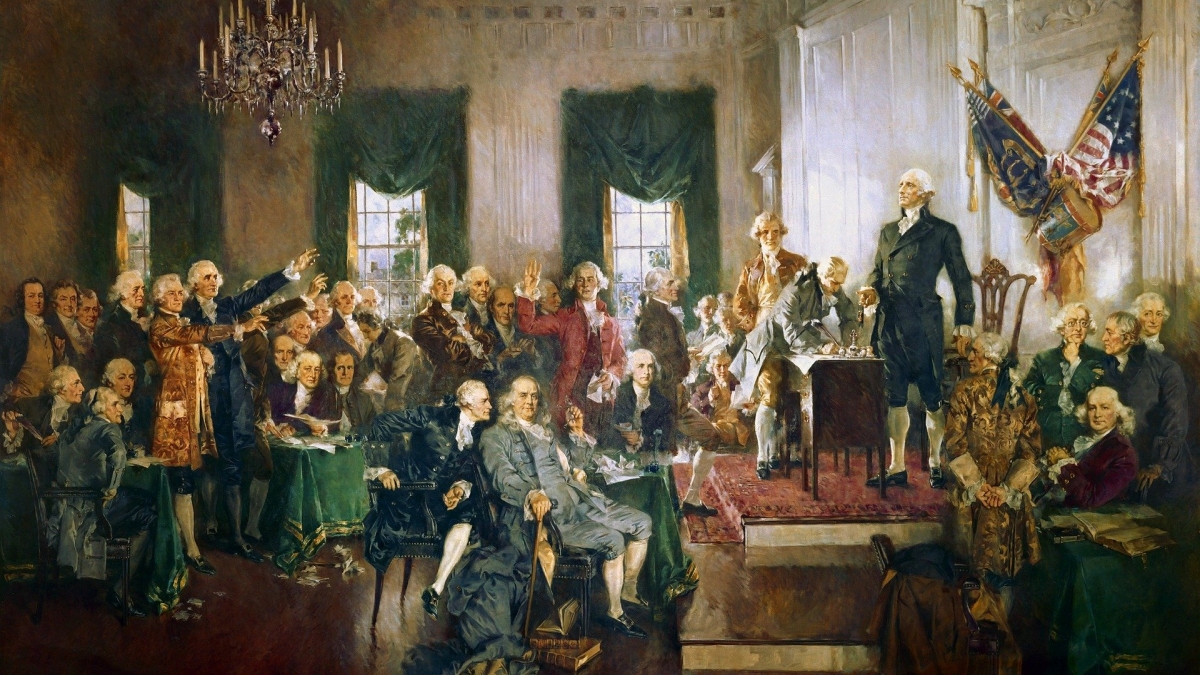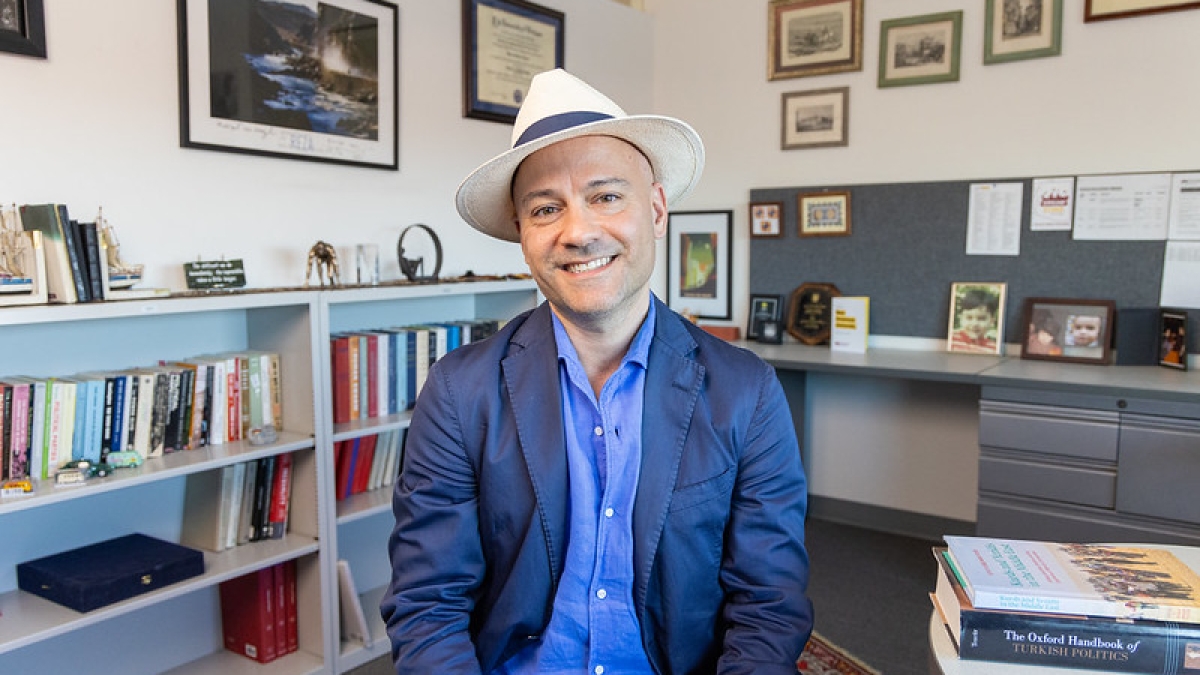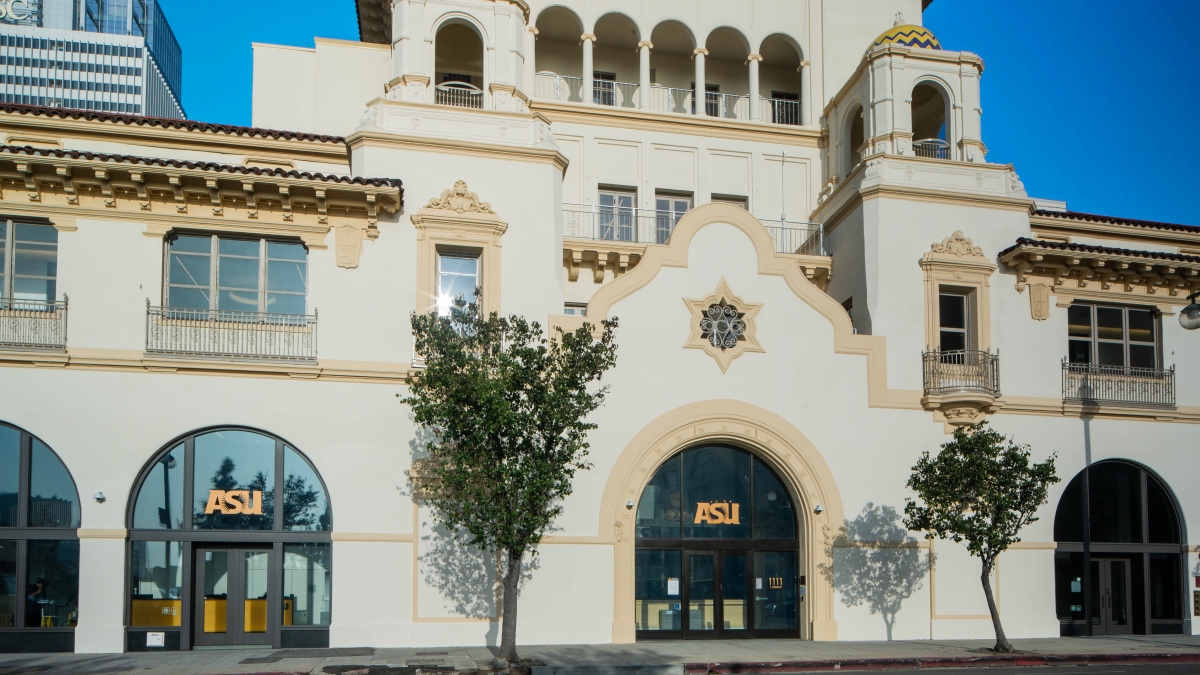Tough questions about 'Race, Justice and Leadership in America'
ASU School of Civic and Economic Thought and Leadership discussion series addresses civic crisis of conscience

Over this past summer, statue after statue of historical figures were uprooted from their foundations in parks, plazas and thoroughfares across America as civil unrest following a spate of killings of unarmed Black men and women caused many to seriously question the worthiness of some of the prominent individuals our country has long venerated.
While many of the statues to meet their demise depicted long-contested leaders of the Confederate Army, when statues of presidents Abraham Lincoln and Theodore Roosevelt were toppled in Portland, Oregon, it seemed no historical figure was safe from the judgment of modern-day citizens.
Such circumstances raise such questions as how much we can hold past leaders accountable for, what their true motivations were and whether there is anything we can learn from them today.
It is those questions that Arizona State University’s School of Civic and Economic Thought and Leadership seeks to answer with its “Race, Justice and Leadership in America” events, a four-part discussion series launched this fall as part of the school’s popular Civic Discourse Project in direct response to ASU President Michael Crow’s call to address racial events in America.
The series kicked off Oct. 12 with a discussion of George Washington and will go on to examine other famous leaders of thought and action, including Abraham Lincoln and Frederick Douglass. It is the brainchild of School of Civic and Economic Thought and Leadership Associate Professor Adam Seagrave, co-founder of Race and the American Story, a national educational project that brings together faculty and students from universities around the country to discuss race and its impact on college campuses.
The Oct. 12 discussion welcomed Professor William B. Allen of Michigan State University, author of “George Washington: A Collection” and “George Washington: America’s First Progressive.” It began with the acknowledgment that Washington was not only a slave owner but a slave trader. And yet, in his will, he made a provision to free all of the slaves he held, knowing full well it would be broadly read.
To understand the apparent contradiction, we must understand that Washington underwent a profound conversion, one that no other figure in the founding generation made as well as him, according to Allen. At first, for Washington, owning slaves was simply a part of the society in which he lived.
“The real story of George Washington is not that he was a slaveholder, any more that he breathed oxygen (as anyone living on Earth must breathe oxygen),” Allen said. “The real story is how he matured into the serious moral conviction that slavery was wrong.”
Having reached that conviction, the abolishment of slavery became his “first wish,” as he wrote in a letter to his contemporary Robert Morris, an English-born merchant known as the “Financier of the Revolution.”
Still, Washington also knew it was something that could only be accomplished through legislative means, and that was something that required time and finesse. For this reason, Allen said, Washington’s public actions didn’t always appear to align with his privately held opinions.
“He quite subconsciously understood that you couldn’t shape a nation by command,” Allen said. “It had to be accomplished through the agency of the people themselves. One could inspire but one could not command the accomplishment of national character.”
In response to a question posed by School of Civic and Economic Thought and Leadership Director Paul Carrese regarding what he called a growing cultural tendency to call for the complete banishment of Washington and other similar historical figures from the national memory, despite their contributions to the formation of America, for their failure to act immediately on such issues as emancipation, Allen said, “The answer to these people is to say you are stripping yourself naked with nothing to protect you if you reject the founding of the United States (as the source of the idea behind a government in which) all men are created equal.”
The next discussion in the series “Race, Social Justice and Higher Education Today: How Racist Are Universities, Really?” will take place Monday, Oct. 19, at 5 p.m. and will feature Professor Randall Kennedy of Harvard Law.
Top photo courtesy of Pixabay
More Law, journalism and politics

School of Politics and Global Studies director's new book explores mass violence
Why do people commit atrocities and why are certain groups, including religious and ethnic, more vulnerable to large-scale violence? These questions are explored in a new book by Güneş Murat Tezcür…

ASU faculty contributing to improvement of Wikipedia
Many academics have a love-hate relationship with Wikipedia. While the website has information about almost anything you can imagine, the credibility of that information is sometimes suspect. Tracy…

ASU Law students gain vital experience through Los Angeles location
Students at the Sandra Day O’Connor College of Law at Arizona State University may be concentrated in the school’s downtown Phoenix headquarters, but they have more choices than ever when it comes to…